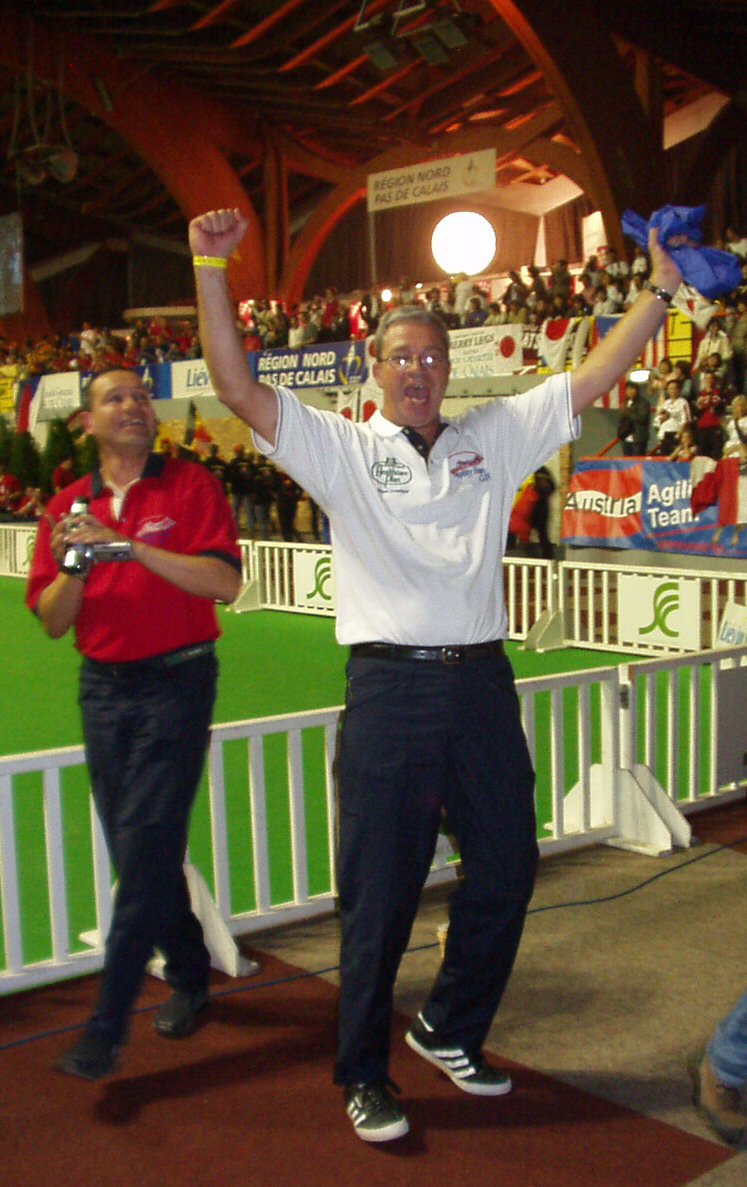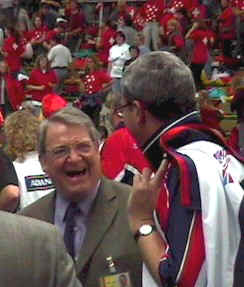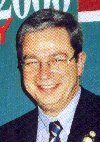Performance
Agility
Coaching
& Evaluation
 Excellence
in coaching at any pursuit is arguably more of an art than a science. There are rows and rows
of excellent scientifically based researched books on the subject in any book store, but as
with any theoretical knowledge it is how you put it into practise that really counts. Excellence
in coaching at any pursuit is arguably more of an art than a science. There are rows and rows
of excellent scientifically based researched books on the subject in any book store, but as
with any theoretical knowledge it is how you put it into practise that really counts.
I have
used a number of sources of inspiration for my coaching techniques from the world of football,
athletics and many other team games. I have been able to draw on over 25 years management
experience working for a large financial institution; managing, motivating and getting the high
performance required in today’s business world has taught me a lot about how to get the best
out of people. I have spent many years, more than I care to remember, training agility handlers
and dogs of all standards. Finally, I have had the privilege of witnessing some of world’s top
handlers at work behind the scenes at the world championships.
Why coaching and not
training?
By and large more experienced handlers have a good grasp of dog training
techniques. So basic training and basic dog handling techniques are not necessarily what the
experienced handler needs.
My
aim with all handlers is to continually evaluate their performance, both in training and in the
agility ring. The objective is to identify where improvements can be made in their handling
technique and apply the learning consistently throughout a programme of training.
As a
coach, identifying areas for improvement can be quite demanding, as the changes required are
often subtle and hard to spot. However, I would suggest that such evaluation is as important
for the most experienced handlers as it is for the raw novice.
Why?
Well agility rounds at all levels in the UK these days are won and lost on as little as one
thousandth of one second. If you are not aware as handler where time can be made and lost, you
could be doomed to a series of creditable second places, or worse still, failure to qualify for
that major final you had set as an objective that year.
What it takes
There is of course some psychology involved. Although I cannot claim to be an
expert in this field there are some fairly obvious pointers to what sets apart the merely good
experienced handler from the very best.
Focus, concentration and mental preparation, especially for a big final, is critical and is
often overlooked. You can have the best trained agility dog in the world but if your own
preparation is not right you are passing the advantage to the handler, possibly with a slower
dog, that has their preparation exactly right.
Having competed at the top level for many years, and having had the privilege of observing many
of the UK’s top handlers at major competition finals and at the World Championships it is not
difficult to identify who has got this right and who hasn’t.
I
would summarise the things that sets the winning handlers apart from the others as being:
 |
-
Well grounded agility training based on
proven training techniques
-
Highly tuned handling skills
-
An ability to evaluate, constructively
criticise their own performance after each agility round
-
Able to put right any deficiencies in
performance no matter how small
-
The ability to apply consistently what they
have practised in training in the competition ring
-
The ability to set clear and concise training
goals aimed at achieving success at either one or more major competitions
-
The right positive mental attitude
-
A fast accurate and responsive dog
|
Not everyone is lucky enough to have the last of
these positive attributes, but how many handlers have you seen with a quick responsive dog that
cannot seem to get the best out of it and themselves? Many handlers in the habit of winning can
squeeze out the best performance from quite ordinary dogs; arguably this is another key
attribute.
 The
role of the coach The
role of the coach
The key objective for the coach is to ensure that the handler and dog get to the
start line as well prepared as possible. This means that the handler needs to be confident,
focused and relaxed (a relative term as far as competition is concerned). In other words they
are ready and able to get the best performance from their dog.
Once
the dog has crossed the start line it is down to the handler and dog. However, the coach also
has a role in analysing competition performance and feeding the learning back into the coaching
programme.
This
whole process should start well before the handler gets to a show or a major competition. The
coach will work with the handler in training to evaluate their performance over a series of
training sequences. These may be sequences that have been practised many times before, but this
is about both consistency and squeezing out that extra hundredth / thousandth of a second from
an agility round.
There
is also the question of ‘knowing your dog’. This is something that probably only the handler
will know and therefore the handler must understand how his or her dog is likely to perform
under given circumstances.
The
coach has a role to play in observing how the dog and handler work together and then work with
the handler to analyse these performance attributes. These are then assessed and any
deficiencies addressed as part of pre-event preparation or by the handler when planning the
agility round on the day of a competition.
There
is no magic solution or training video that can provide the answer to your coaching needs. My
aim as a coach is to find the best, most efficient and effective handling solution for the
handler / dog combination.
So in essence, the coach’s is role is to help the handler identify all of these
things and to set out with the handler a programme of training and training drills that ensures
both dog and handler team are as well prepared as they can be when they reach the start line.
 The
PACE Performance Assessment The
PACE Performance Assessment
In order to assess a handler’s performance I have devised a set of criteria that I use to
benchmark the handler and dog. The assessment measures capabilities against a predefined set of
actions and sequences. These measures are designed to pick up on any weaknesses in your
handling style and the dog’s performance.
Once the assessment has been carried out it is used to determine where improvements can be made
and to focus on training to improve on weaknesses. Once the initial performance assessment has
been carried out it is used to measure progress throughout the training programme.
This method is effective with handlers at all levels from starters to the very experienced.
How well prepared are you?
 About
the author... About
the author...
Steve Croxford has recently announced his intention to do agility training and handler
coaching on a full-time basis. He plans to all cater for
all levels, from beginner to advanced and all
standards and sizes of dog, individuals and groups.
Manager of the Kennel Club British Agility Team for the past three years, Steve led the
British
Team to World Championship success in this year's event in Lievin, France.
He
trains regularly at Hinckley DTC and has many year's experience in training dogs and coaching
handlers. He and his wife Yvonne ran their own successful dog training club for a while during
the 1990s until the pressure of their full-time careers caused them to close it down.
Steve
has judged at the highest level and, as well as judging at Crufts in 2000, regularly judges at
home and abroad. A regular competitor on the agility circuit, he is particularly proud to be
one of the handful of people to have won the Pedigree Olympia singles final and the Crufts team
competition.
Steve offers a wide range of training services including coaching, one to one training,
training for small groups, club training days and club trainer training. More details can be
found on his website www.pace-agility.org
| 
 The
role of the coach
The
role of the coach The
PACE Performance Assessment
The
PACE Performance Assessment About
the author...
About
the author...